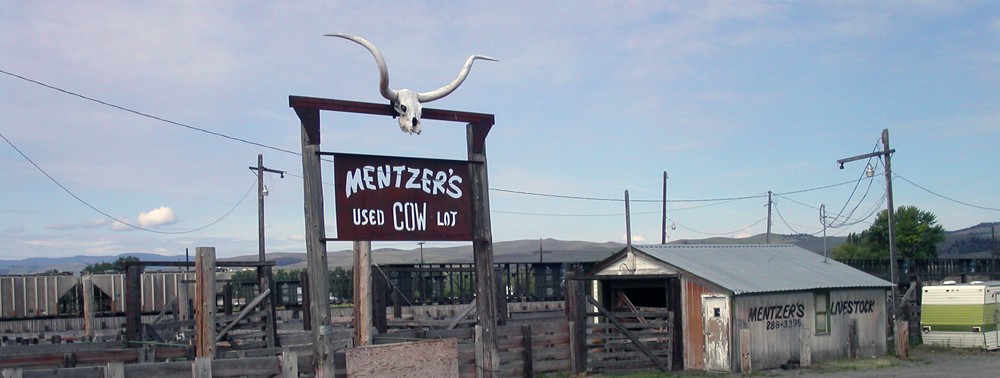Shortly after the first Union defeat at Bull Run in July of 1861, federal authorities confiscated James Crutchett’s Capitol Hill property in Washington, D.C. Just a few blocks north of the Capitol, the property occupied much of Square 683, which is bounded by North Capitol Street, C Street, D Street, and Delaware Avenue. It included Crutchett’s home and a factory where he had begun turning out George Washington kitsch made from wood he was harvesting from Mount Vernon. Continue reading
Tag Archives: Civil War
Civil War Lost and Found: Lincoln’s First Inaugural Ballroom
Abraham Lincoln began his first term as the 16th president of the United States in a ceremony held on the Capitol’s east portico. About 25,000 people watched as Lincoln was sworn in Monday March 4, 1861. Lincoln left the Capitol and went to the White House, traveling in a carriage down Pennsylvania Avenue under tight security. Later that evening, the new president and his wife left the executive mansion for the traditional inaugural ball.
Many of the sites associated with Lincoln’s inauguration were permanent buildings: The Capitol; Willard’s Hotel (where the Lincolns stayed before the ceremonies); Pennsylvania Avenue; and, the White House. One piece of pop-up architecture that did not survive beyond the spring of 1861 was the ballroom where the Lincolns and their guests danced into the night of March 4, 1861. Continue reading
The gas man, George Washington, and a magic lantern (Part I)
One hundred and sixty-three years ago this Thursday, gas lights replaced oil lamps in the U.S. Capitol. On the evening of Thursday, November 18, 1847, gas made in a plant beneath the Capitol flowed through newly installed pipes and into light fixtures throughout the building. “We witnessed last evening one of the most splendid and beautiful spectacles we ever beheld,” reported one Washington newspaper the next day. “It was the first time that the gas-lights of Mr. James Crutchett were exhibited.”
James Crutchett (1816-1889) was a self-styled engineer who briefly gained fame in 1847 for installing a gas-fueled lantern atop the Capitol dome in a failed bid to secure a contract to light the nation’s capital city. Crutchett spent the final 45 years of his life in Washington and his entrepreneurial exploits have largely been overlooked by Washington historians. His Capitol lantern scheme became a sidebar to architectural histories of the Capitol and his four decades as a gas man are little more than a footnote in the narratives on the history of Washington’s gas infrastructure. Continue reading
William Degges, the man who built “Lincoln’s Cottage”
The late 1830s and early 1840s were a period during which the United States government embarked on a public building campaign on a scale unseen in the District of Columbia since its founding some five decades earlier. While much of the nation was mired in a depression sparked by the Panic of 1837, entrepreneurs doing business with the federal government in the capital city appeared to flourish. William H. Degges (1812-1883) was a second-generation Washington builder and he was well positioned to profit from the boom. Continue reading

